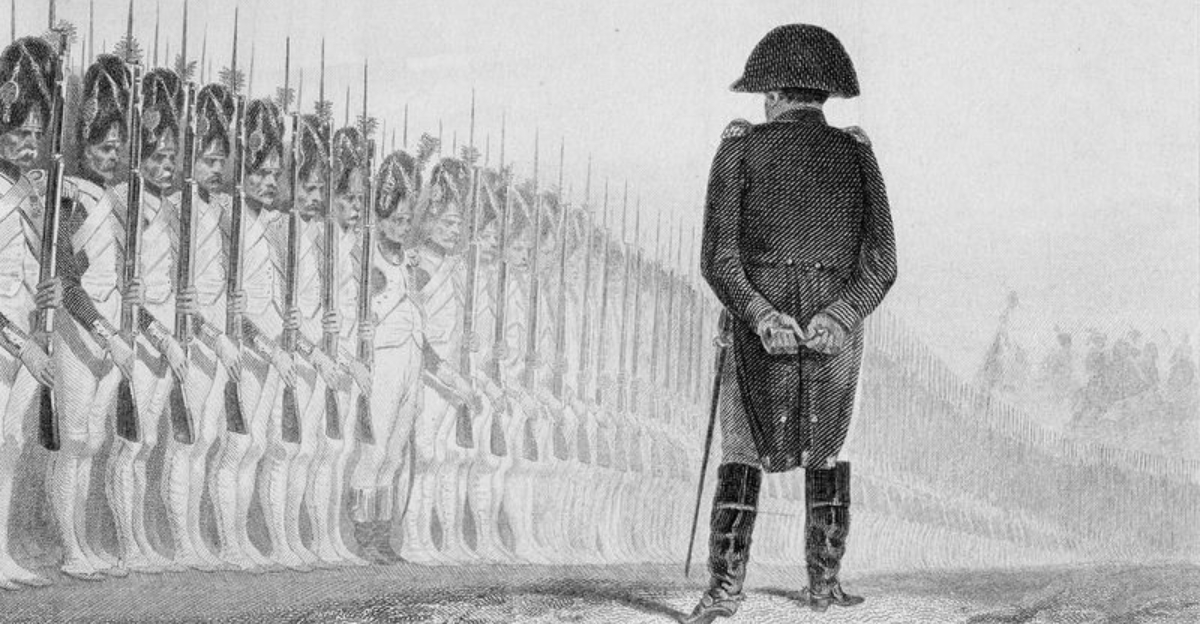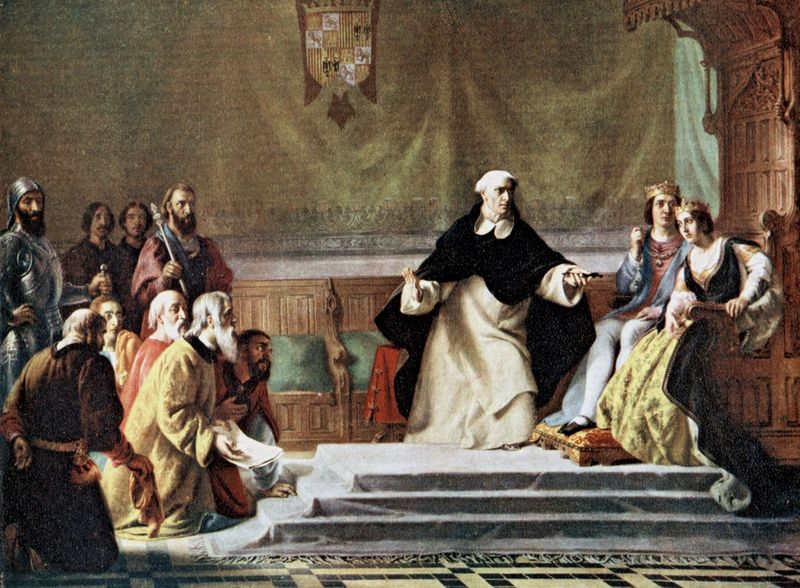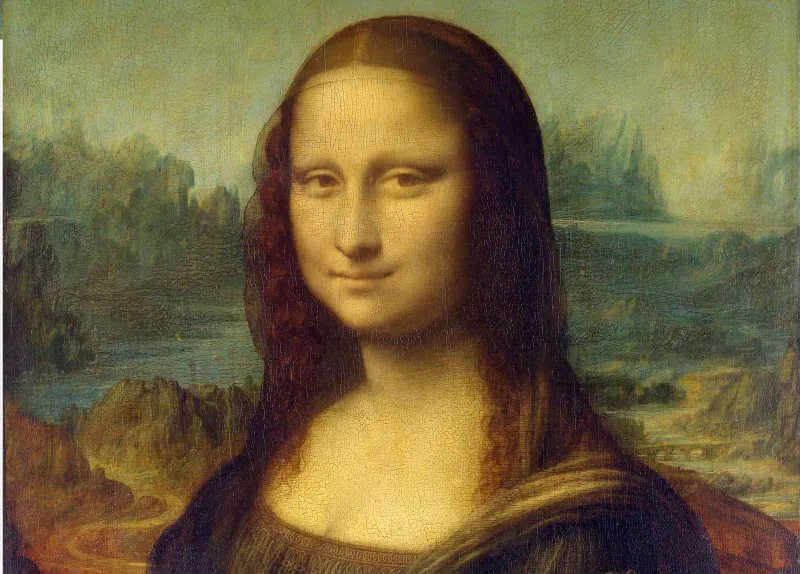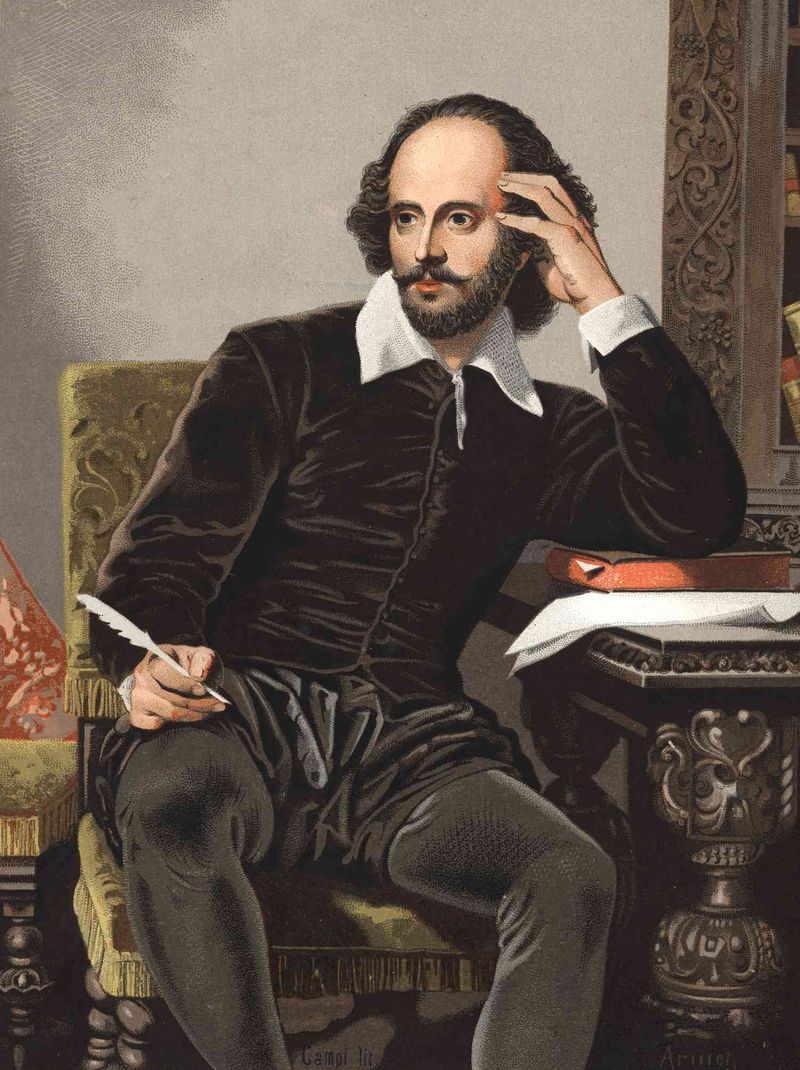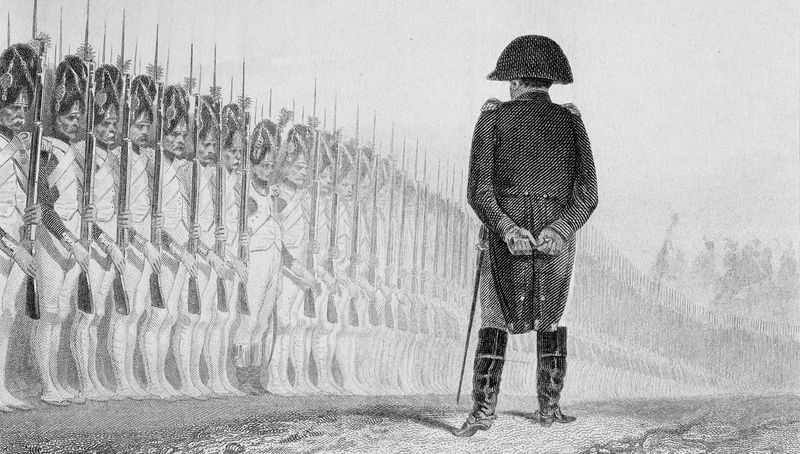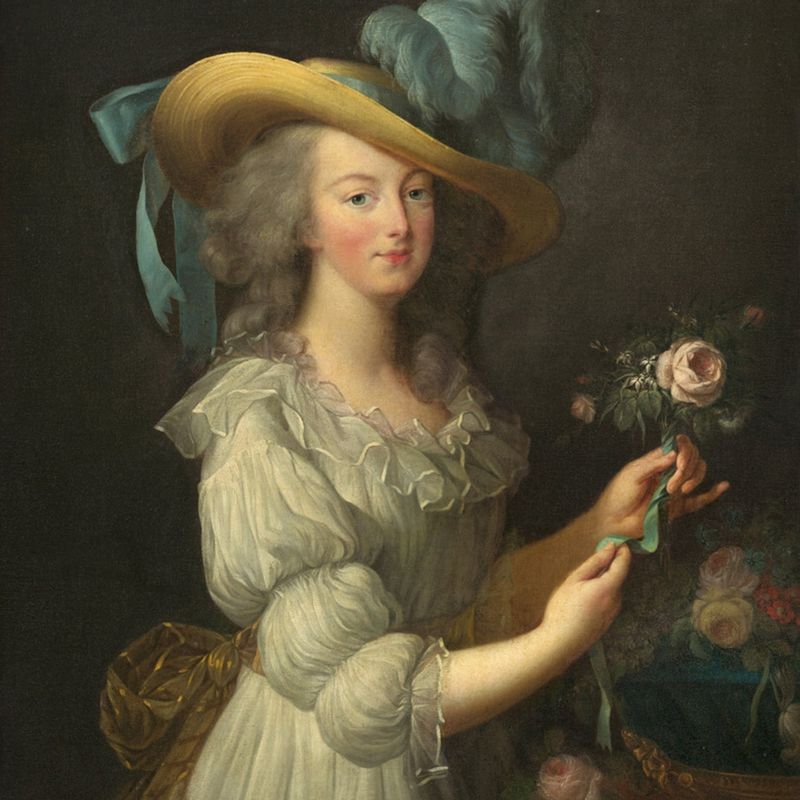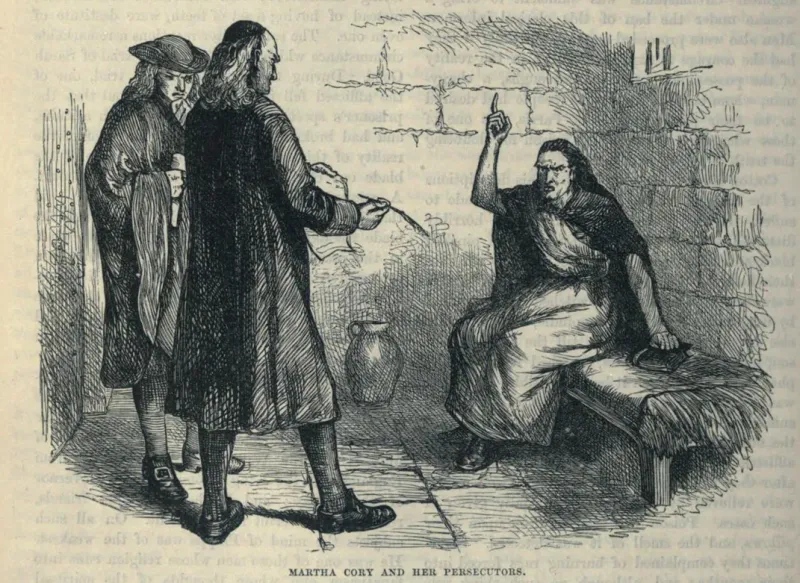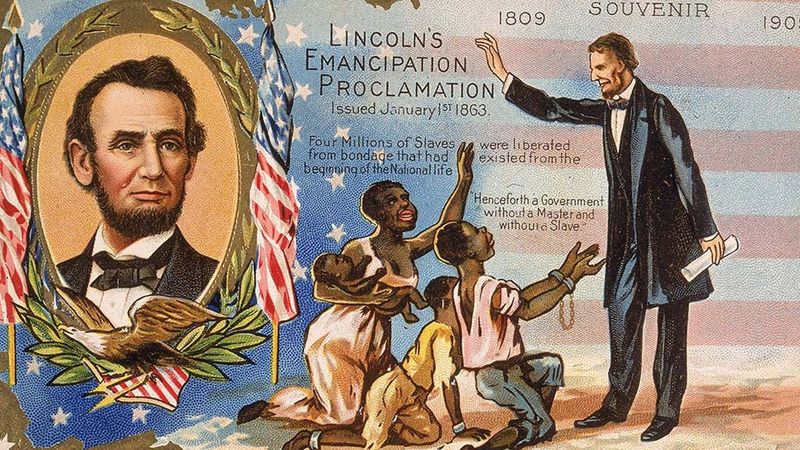History is rich with stories that captivate and inform, yet many widely accepted tales are misleading or entirely false.
These historical misconceptions have persisted over time, becoming so ingrained in popular culture that they are often accepted as fact.
In this post, we explore ten more historical lies that continue to be believed by many, challenging the narratives we’ve come to accept.
1. The Eiffel Tower Was Meant to Be Temporary
The Eiffel Tower, an iconic symbol of Paris, was originally intended to be a temporary structure. Gustave Eiffel designed it for the 1889 Exposition Universelle. Initially met with criticism and calls for its demolition, the tower’s value as a radio transmission tower saved it from destruction.
Parisian artists and intellectuals criticized its design, claiming it was an eyesore that didn’t fit the city’s aesthetic. Despite the opposition, the Eiffel Tower remained standing after the exposition.
Today, it’s one of the most visited monuments in the world, illustrating how initial perceptions can change over time.
2. The Spanish Inquisition Tortured People Relentlessly
The Spanish Inquisition is often remembered for its relentless torture and harsh methods. However, historical records reveal that torture was not as widespread as often depicted. Inquisitors had strict guidelines, and torture was used in less than 2% of cases.
The process aimed to maintain religious orthodoxy within Spain, targeting converted Jews and Muslims suspected of heresy. Despite its fearsome reputation, the Spanish Inquisition’s reach and brutality were exaggerated over time.
While it remains a dark chapter in history, the Inquisition’s actual practices were more measured than commonly believed, serving as a reminder of how history can distort truths.
3. The Mona Lisa Was Stolen by a Tourist
The famous Mona Lisa painting was indeed stolen, but not by a random tourist. In 1911, an Italian handyman named Vincenzo Peruggia stole the artwork, believing it belonged in Italy. He kept it hidden in his apartment for over two years.
Peruggia’s motive was rooted in nationalism, and his act was not discovered until he attempted to sell the painting to an Italian gallery. The theft caused a media sensation and increased the Mona Lisa’s fame.
The painting was eventually returned to the Louvre, where it remains one of the most visited and recognized pieces of art in the world.
4. Shakespeare Was the Only Author of His Works
For centuries, William Shakespeare has been celebrated as the sole author of his famous plays and sonnets. Yet, some scholars suggest that he may not have worked alone.
Theories propose that Shakespeare collaborated with contemporaries or even used pseudonyms. This speculation arises from the limited documentation of his life and the complex narratives of his works.
While evidence is inconclusive, the debate fuels interest in Shakespeare’s legacy, highlighting how authorship can shape the understanding of literary history. Regardless, his works continue to captivate audiences worldwide, showcasing his enduring influence.
5. Napoleon Was Extremely Short
Napoleon Bonaparte, often remembered as a diminutive figure, was not as short as commonly believed. Historical records indicate he was around 5’6″ or 5’7″, average height for a Frenchman of his era.
The confusion about his stature likely arose from the French measurement system and English propaganda depicting him as small. His nickname, “The Little Corporal,” referred to his rank, not his size.
Napoleon’s legacy as a military leader has endured, but the myth of his height persists, showing how historical narratives can be influenced by rivalries and cultural differences.
6. Marie Antoinette Said ‘Let Them Eat Cake’
Marie Antoinette is famous for the phrase ‘Let them eat cake,’ though there’s no evidence she ever uttered these words. The quote, suggesting insensitivity to the poor’s plight, was likely fabricated by political opponents.
The phrase first appeared in Jean-Jacques Rousseau’s writings before Antoinette’s time in France. It was used to illustrate the disconnect between the monarchy and commoners.
Antoinette’s reputation as a symbol of royal excess remains, but the misattributed statement highlights how historical figures can be misrepresented. Such myths can shape public perception in powerful ways.
7. Vikings Wore Horned Helmets
The image of Vikings wearing horned helmets is a widely held misconception. Historical evidence indicates that they did not wear such helmets in battle.
This myth likely originated from 19th-century opera costumes and romanticized depictions of Norse warriors. Instead, Vikings wore practical helmets made of leather or metal without horns.
The misunderstanding persists in popular culture, often shaping the perception of Viking history inaccurately. Recognizing these inaccuracies allows for a more authentic understanding of Viking life and culture, moving beyond the sensationalized images.
8. Salem Witches Were Burned at the Stake
Contrary to popular belief, none of the accused witches in the Salem Witch Trials were burned at the stake. The trials, which took place in 1692, resulted in the execution of 20 individuals, but they were hanged, not burned.
The misconception may stem from European witch trials where burning was more common. In Salem, the legal method of execution for witchcraft was hanging.
This narrative has been sensationalized in various media, but understanding the true events provides a clearer picture of this dark period in American history, reminding us of the dangers of hysteria and scapegoating.
9. The Great Wall of China Is Visible from Space
The claim that the Great Wall of China is visible from space is a persistent myth. In reality, the wall is difficult to see without aid, even from low Earth orbit.
The misconception likely arises from its impressive length and historical significance. Modern astronauts report that the wall’s visibility is hindered by its construction materials, which blend with the surrounding landscape.
Understanding this myth allows for a more accurate appreciation of both the wall’s grandeur and the limitations of human vision from space, emphasizing the need to critically evaluate popular claims.
10. The Emancipation Proclamation Freed All Slaves
The Emancipation Proclamation, issued by President Abraham Lincoln in 1863, is often misunderstood as having freed all enslaved people in the United States. In truth, it applied only to Confederate states in rebellion, not to border states or areas under Union control.
The proclamation shifted the war’s focus to emancipation, paving the way for the eventual abolition of slavery. However, full freedom wasn’t achieved until the 13th Amendment was ratified in 1865.
This highlights how complex historical events can be oversimplified, underscoring the importance of examining the details to fully understand their impact.
